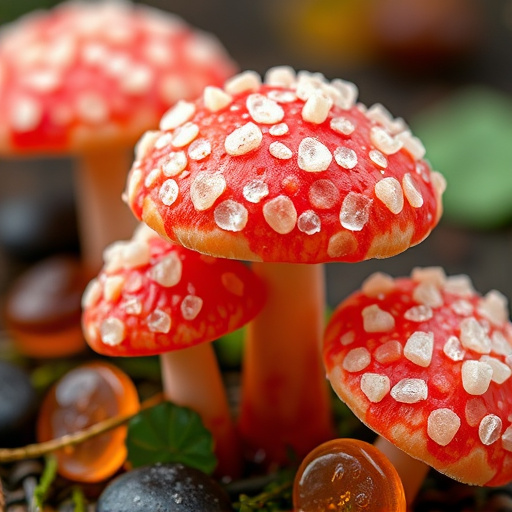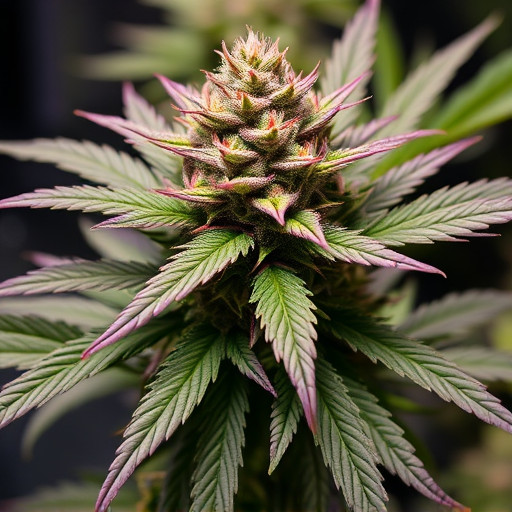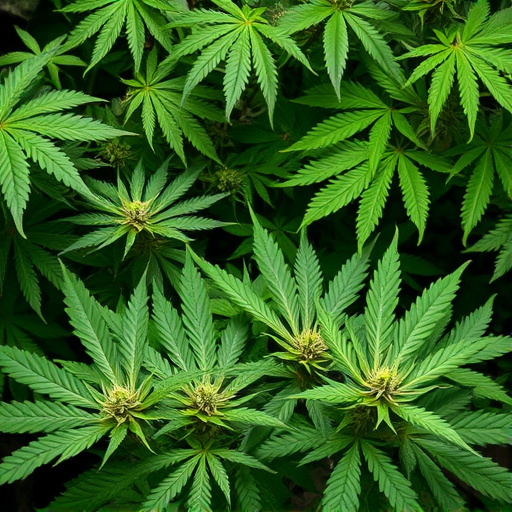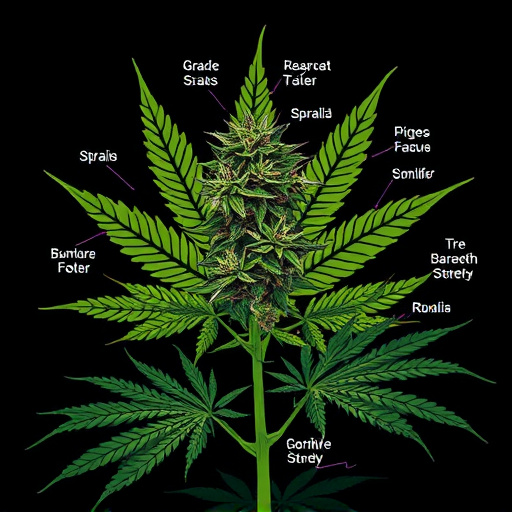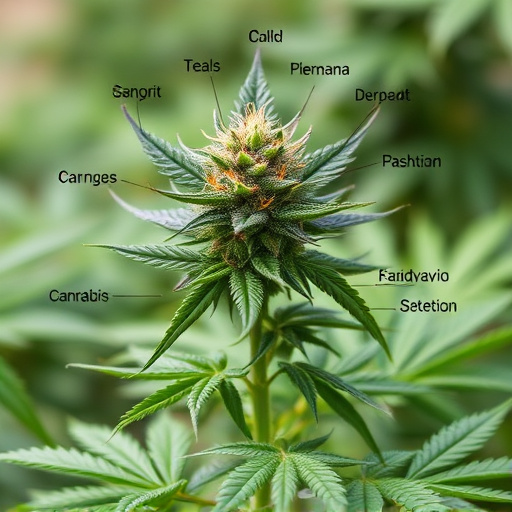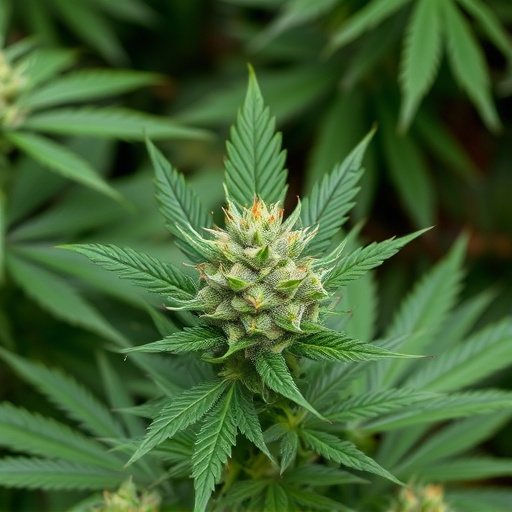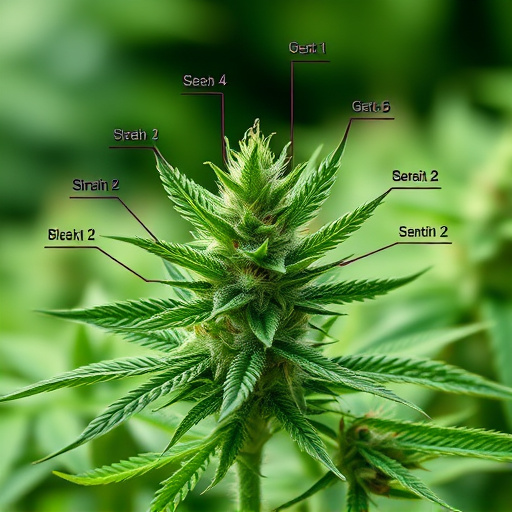The "munchies" effect of cannabis is linked to its interaction with the body's endocannabinoid system (ECS), influenced by cannabinoids like THC and CBD, as well as terpenes. Indica strains, known for their relaxing properties, can stimulate appetite by reducing anxiety, while popular hybrids offer a balance. Sativa strains also contain hunger-boosting compounds. Exploring different strains of cannabis is key to finding the best combination for appetite stimulation and overall well-being.
Cannabis flower’s ability to stimulate appetite has long been a topic of interest, especially in the world of wellness. This article delves into the science behind why certain strains of cannabis can make you hungry. We explore the complex interplay between terpenes and cannabinoids, uncovering how these compounds contribute to the well-documented hunger-inducing effects. By understanding the diverse strains available, users can navigate options tailored to enhance appetite, offering a natural solution for those seeking to increase their culinary cravings.
- Understanding the Cannabis-Hunger Connection
- The Role of Terpenes and Cannabinoids
- Exploring Different Strains for Appetite Stimulation
Understanding the Cannabis-Hunger Connection
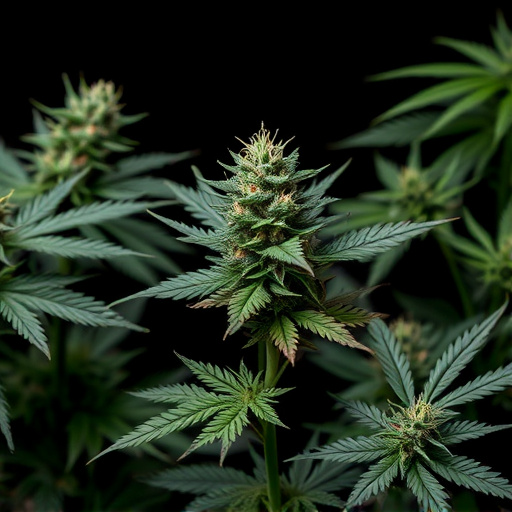
Cannabis has long been known for its ability to stimulate appetite, a phenomenon commonly referred to as “munchies.” Understanding this connection between cannabis and hunger involves delving into how different strains of cannabis interact with our bodies’ endocannabinoid system (ECS). The ECS is a complex network of receptors and molecules that play a significant role in regulating various physiological processes, including hunger and metabolism.
Different strains of cannabis contain varying levels of cannabinoids like THC (tetrahydrocannabinol) and CBD (cannabidiol), which can have distinct effects on the ECS. THC, known for its psychoactive properties, directly binds to CB1 receptors in the brain, potentially increasing appetite by influencing hormones related to hunger. On the other hand, CBD doesn’t bind to CB1 receptors but may still modulate the ECS indirectly, contributing to the appetite-stimulating effect often associated with cannabis consumption. This interaction between cannabinoids and the ECS is what underpins the well-documented connection between cannabis use and increased hunger.
The Role of Terpenes and Cannabinoids
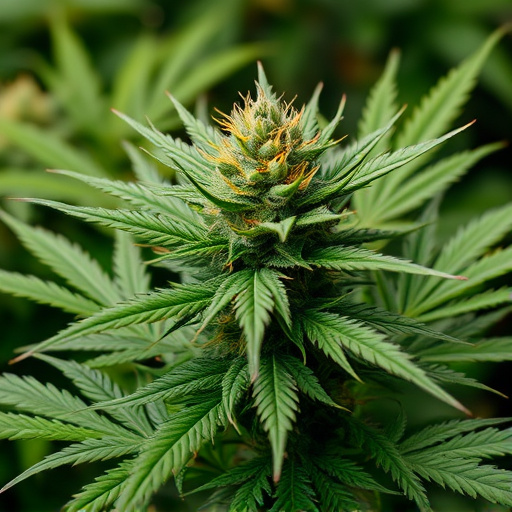
Cannabis flower’s ability to stimulate appetite is a complex interplay between various chemical compounds, notably terpenes and cannabinoids. Terpenes, aromatic molecules produced by cannabis plants, play a significant role in influencing user experiences. Certain terpenes like myrcene and limonene have been linked to increased hunger and cravings. Myrcene, with its earthy scent, is known to enhance the effects of cannabinoids, potentially amplifying their appetite-stimulating properties.
Cannabinoids, such as THC (tetrahydrocannabinol) and CBD (cannabidiol), also contribute to this effect. THC binds to cannabinoid receptors in the brain, leading to various physiological changes, including increased hunger. While CBD doesn’t bind directly to these receptors, it can indirectly influence appetite by interacting with other systems in the body. Different strains of cannabis contain varying levels of these compounds, resulting in diverse effects on users’ appetites.
Exploring Different Strains for Appetite Stimulation
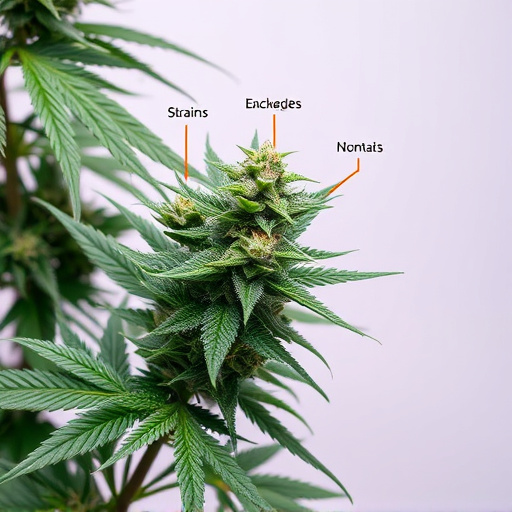
When it comes to exploring different strains of cannabis for appetite stimulation, variety is key. Each strain offers a unique combination of cannabinoids and terpenes that can interact with your endocannabinoid system in distinct ways. For example, Indica strains are often favored for their relaxing and calming effects, which can indirectly stimulate the appetite by reducing anxiety and promoting a sense of well-being. Popular Indica hybrids like Granddaddy Purple or Blue Dream are known to leave users feeling hungry after consumption.
On the other hand, Sativa strains tend to be more energizing and uplifting, but certain varieties also contain compounds that can enhance hunger. Strains like Gorilla Glue or Mango Kush combine potent Sativa genetics with Indica characteristics, offering a balanced experience that may be ideal for those looking to boost their appetite. Exploring different strains allows users to discover which ones work best for them, taking into account not just the effects on hunger but also factors like relief from specific symptoms, relaxation, and overall well-being.
Cannabis’ ability to stimulate appetite is a complex interplay between terpenes, cannabinoids, and individual biochemistry. Understanding these components helps in selecting specific strains of cannabis for hunger stimulation. Whether you’re looking to enhance your culinary experiences or manage conditions that lead to loss of appetite, exploring different strains can offer tailored solutions. Remember, moderation and responsible use are key when incorporating cannabis into your routine.




